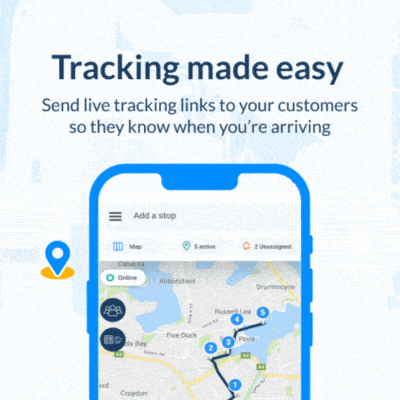“Your order is ready!” reads a push notification sent to millions of Starbucks customers on their smartphones this week, as it suffered a technical glitch. Many customers who didn’t place any orders online, were notified that their preferred drink was available for pick-up, although no money was deducted. Starbucks confirmed to Business Insider that it suffered a “temporary outage of the order ahead and pay feature in the app.”

How companies respond to technical problems, or any major customer service issue, can make or break a brand. Businesses can learn lessons from companies like Starbucks how to detect an error and communicate transparently with customers timeously.
Technical glitches are inevitable on any e-commerce platform
Whether you are running an e-commerce platform like Shopify, WooCommerce, BigCommerce or Magento, it’s just a fact of business that you will bump into a tech hiccup here and there. Let’s hold thumbs it’s not a serious one and it can be resolved in a reasonable time. During this time, the spotlight is on the business to use the opportunity to strengthen the reputation. It will have a serious impact on sales and customer satisfaction too. Have a plan in place.
LinkedIn’s e-commerce community has a few ideas how to minimize the risk of suffering a glitch.
- Monitor your site
- Communicate with customers
- Troubleshoot the problem
- Learn from your experience
- Prevent future glitches
- Invest in reliable platform
Communication during a technical glitch
Starbucks used the opportunity this week, in a creative way, to own up and communicate fast. Their push notification to customers online read: “We are cleaning up a big spill. While we tidy up, an expert barista can take your order in the store. Thanks for your patience.”

Many customers thought they were hacked. They turned to social media when they were incorrectly notified that their order was waiting. Starbucks confirmed that no customer was in fact charged. An apology was sent out through the media.


Online customers’ safety during during technical glitch
According to computer science portal Javapoint.com there are various types of security threats in the e-commerce space. Some are by accident, others purposeful, and some due to a human error. The most common security threats are electronic payment systems, data misuse and credit card frauds.
An electronic payment system has huge risks. Javapoint.com warns readers about how it works. “The computing devices use an identity of the person for authorizing a payment such as passwords and security questions. These authentications are not full proof in determining the identity of a person. The system doesn’t care who is on the other side. All it needs is for the password and the answers to the security questions to match. ”
An electronic payment system makes the transactions. An automated electronic system is in charge, not humans. When using large amounts of payments on a frequent basis – it is more prone to errors. It’s important that customers using e-commerce platforms frequently, continually check their pay slip to ensure every transaction is valid.
Share this article
About the author
Mia is a multi-award-winning journalist. She has more than 14 years of experience in mainstream media. She's covered many historic moments that happened in Africa and internationally. She has a strong focus on human interest stories, to bring her readers and viewers closer to the topics at hand.













